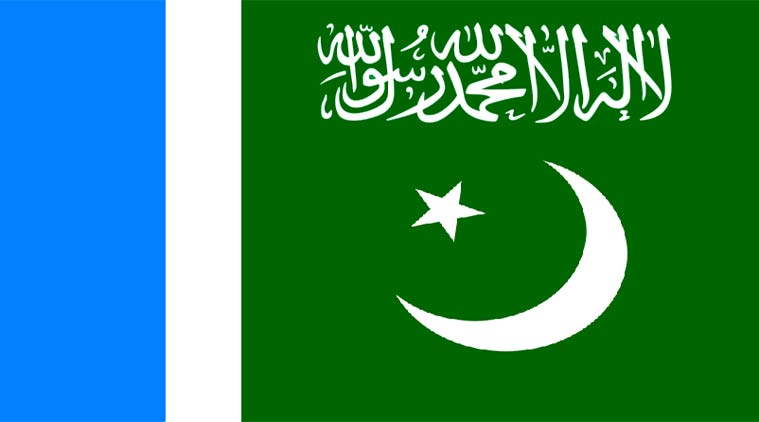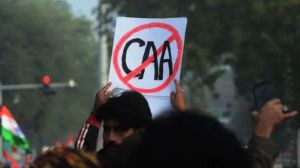In an important development, Jamat-e-Islami (JeI) in Jammu and Kashmir has once again elected ‘controversial leader’ Ghulam Mohammad Bhat as the party chief.
Bhat appointment as Jamat-e-Islami Ameer (chief) assumes significance as he was the first Jamat chief to openly distance his party from militancy in the state, resulting in a cold war between Geelani and Jamat which culminated in a split.

[related-post]
The development may create further differences between Jamat-e-Islami and the Syed Ali Shah Geelani-led separatist conglomerate Hurriyat Conference, of which Jamat is a constituent.
Story continues below this ad
“He (Bhat) has been elected as Ameer-e-Jamat (chief of Jamat-e-Islami) by majority vote,” Jamat spokesman Advocate Zahid Ali said. “He (Bhat) has been appointed for a term of three years.” This is the fourth time Bhat has been appointed the chief.
Bhat, who also hails from Sopore, was appointed as the Jamat chief for the first time in 1985, making him the first chief of the socio-political outfit after its founder Maulana Saad-ud-din. He was once again appointed the chief in 1997.
However, a year later he caused a storm when he, at a press conference, distanced himself from militancy, especially the Hizbul Mujahideen, which was seen as the armed wing of the religious party.
On the onset of militancy, the then Hizbul Mujahideen chief Ahsan Dar had announced that the militant outfit is the military wing of Jamat-e-Islami.
Story continues below this ad
The Jamat leaders remained silent and many of their members took top posts in the militant organisation, especially its Shariah Council – an Islamic court.
Bhat’s decision to sever all ties with the militant outfit pitted him against Geelani, who was then the political head of Jamat and represented the party in erstwhile united Hurriyat. Geelani was an ardent advocate of “armed resistance”.
Geelani openly went against Bhat, saying his reference to militancy may be his own view and can’t be taken as the “party’s viewpoint”. This led to a cold war within the Jamat cadre. In year 2000, Bhat was again elected as the Jamat chief for the third time, furthering the divisions between his loyalists and that of Geelani.
Though another Jamat leader Nazir Ahmad Kashani replaced Bhat after he completed his second three-year term in 2003, the gaps had widened and Geelani parted ways from the Jamat to form his own organisation Tehreek-e-Hurriyat (TeH) in 2004.
Story continues below this ad
Senior leaders like Mohammad Ashraf Sehrai also joined Geelani, causing a vertical divide in the party.
Since the cadre base of Jamat and Tehreek-e-Hurriyat is same, the Jamat continued to be part of Geelani-led Hurriyat Conference. But Saturday’s development could create a further divide between Geelani and his parent organisation.

 Jamat-e-Islami flag
Jamat-e-Islami flag






